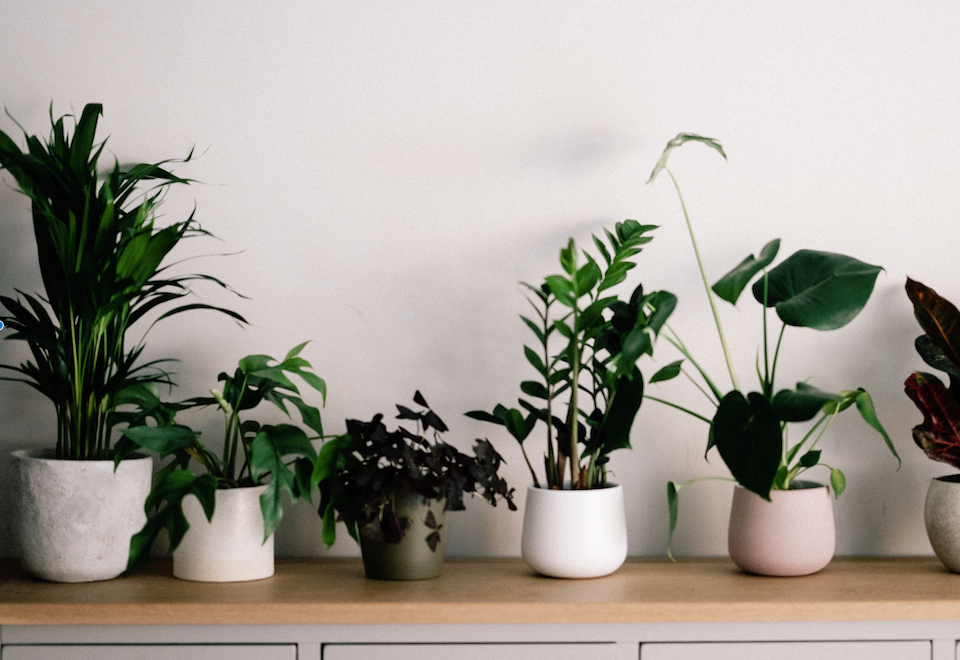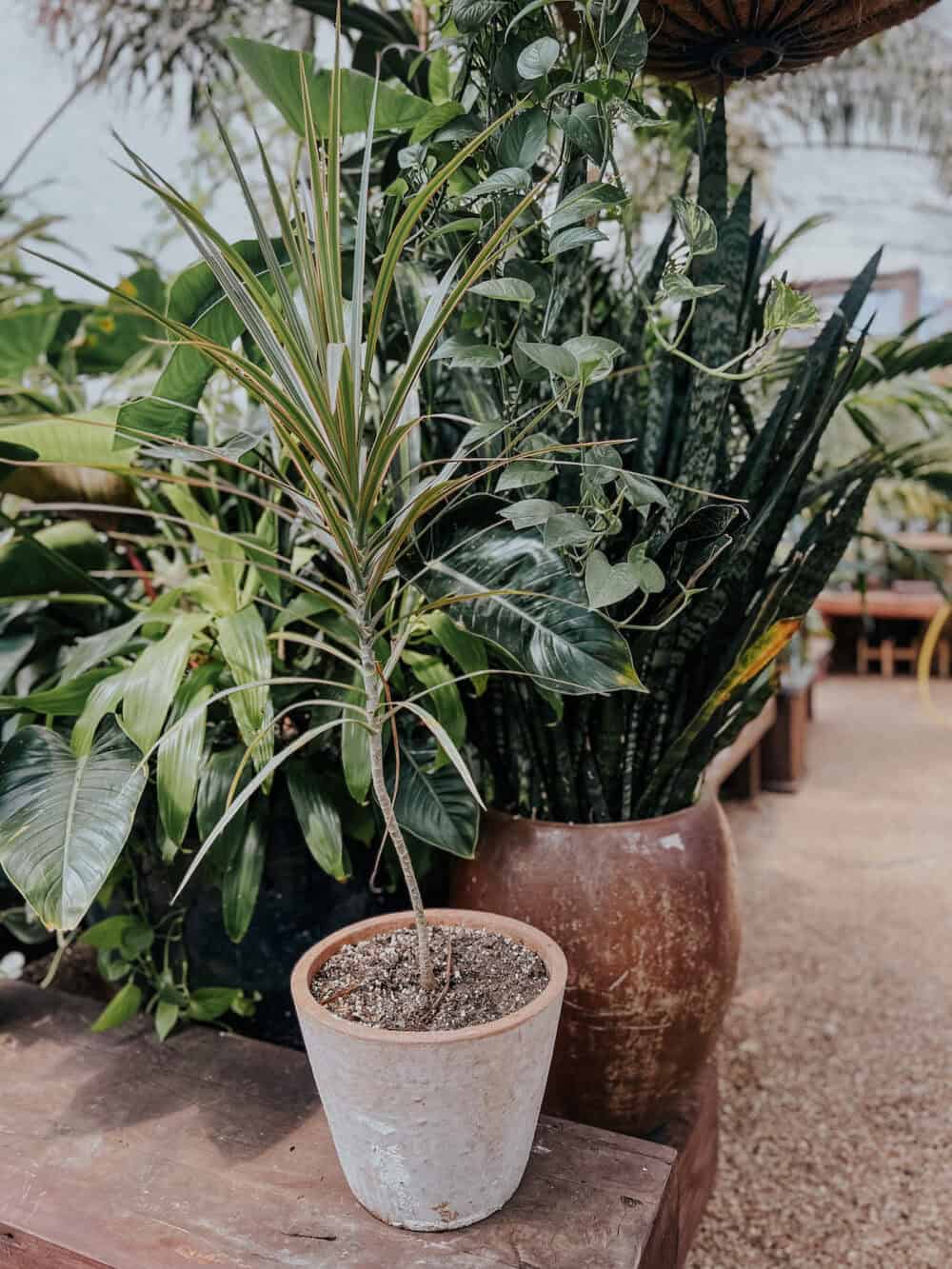Where to Place the Best Low-Light Indoor Plants in Your Home for Maximum Impact
Where to Place the Best Low-Light Indoor Plants in Your Home for Maximum Impact
Blog Article
Transform Your Home With Beautiful Low-Light Indoor Plants and Their Advantages
Incorporating low-light indoor plants into your home can considerably improve both the ecological and visual top quality of your living areas. These plants, which prosper in dim conditions, serve not only as attractive components however likewise as natural air cleansers, making them ideal for city occupants or those with restricted sunshine direct exposure. As we check out the numerous types of low-light plants and their benefits, you might discover surprising ways to integrate them right into your home that can change your surroundings in ways you may not have anticipated.
Advantages of Low-Light Plants
Low-light plants provide numerous benefits for interior environments, making them an outstanding choice for both amateur and experienced garden enthusiasts. One of the primary advantages is their flexibility to low-light conditions, allowing individuals to boost their home without the demand for comprehensive sunlight direct exposure. This characteristic makes them perfect for apartments, workplaces, and other locations with limited all-natural light.

Furthermore, including low-light plants right into home decoration can raise the visual charm of a room. Their lavish vegetation and differed textures create a calming ambience, adding to overall well-being. The visibility of plant has been linked to reduced tension levels and boosted performance, making low-light plants a sensible option for enhancing both physical and mental wellness in interior settings.
Leading Low-Light Indoor Plants
While numerous indoor plants flourish in brilliant light, several types are particularly fit for low-light conditions, making them perfect for numerous interior spaces. One preferred option is the Snake Plant (Sansevieria), known for its striking upright fallen leaves and durability, requiring minimal treatment. Another exceptional option is the Pothos (Epipremnum aureum), which features heart-shaped fallen leaves and can track magnificently from hangers or shelves, flourishing in low light and adding a lush touch.
The ZZ Plant (Zamioculcas zamiifolia) is celebrated for its glossy fallen leaves and ability to hold up against overlook, making it excellent for active way of livings. Similarly, the Peace Lily (Spathiphyllum) not only endures reduced light but additionally creates spectacular white blooms, improving any type of space's visual.
For an one-of-a-kind touch, take into consideration the Cast Iron Plant (Aspidistra elatior), which indeed measures up to its name, growing in the darkest corners of your home. The Chinese Evergreen (Aglaonema) supplies a selection of leaf patterns and colors while being remarkably flexible in low-light conditions. These plants not just improve indoor environments but likewise contribute to air filtration, improving your space.
Treatment Tips for Low-Light Plants

Watering techniques are vital; these plants typically prefer somewhat completely dry conditions. Overwatering can lead to root rot, so make website link certain that the top inch of dirt is dry before sprinkling again. Usage pots with drain holes to permit excess dampness to leave.
Moisture is an additional essential variable. Many low-light plants, such as ferns and tranquility lilies, benefit from higher moisture levels. To enhance moisture, consider misting the leaves or putting a tray of water near the plants.
Fertilizing ought to be come close to with care. Throughout the expanding season, utilize a diluted, well balanced fluid plant food each month to sustain development, but stay clear of feeding during the dormant cold weather.
:strip_icc()/philodendron-b37371f3-c7eb0d91eedb4946b5854c08914dc82c.jpg)
Imaginative Ways to Display Plants
Indoor plants can act as fascinating centerpieces in any type of space, enhancing both aesthetic charm and atmosphere. Innovative screens can raise the aesthetic impact of low-light plants, making them an essential part of your home design. One effective method is to use tiered plant stands, which allow you to showcase multiple plants at varying heights while maximizing flooring room.
Hanging planters are an additional cutting-edge alternative, developing a feeling of deepness and attracting the eye up. Think about macramé hangers or wall-mounted shelves to present a special structure and style.
For a more organized strategy, usage geometric terrariums or glass containers to house your plants, adding a modern touch to your indoor garden. You can additionally repurpose classic products, such as teacups or wooden pet crates, for a diverse screen that shows your character.
Enhancing Home Ambiance With Plants
Incorporating low-light plants into your home not only boosts aesthetic charm but additionally adds dramatically to the general ambiance. These plants serve as all-natural decoration aspects, introducing a feeling of harmony that can transform any kind of space. The existence of greenery fosters a relaxing environment, which is especially advantageous in high-stress environments such as office or living rooms.
Low-light plants, such as serpent plants, pothos, and ZZ plants, are not just visually pleasing but likewise enhance indoor air top quality by filtering system pollutants. This dual feature enhances the atmosphere even more, developing a healthier living room (Best low-light indoor plants). The critical positioning of these plants can likewise affect the perception of area; for example, tall plants can attract the eye up, making ceilings appear higher and spaces extra roomy
Moreover, varying textures and colors of foliage include deepness to interior decoration, permitting for innovative expression in home designing. Whether put on shelves, in edges, or as focal points, low-light plants can elevate the mood of any type of room. In recap, including these plants right into your home is an effective way to promote a cozy, welcoming ambience while profiting of enhanced air great post to read high quality and aesthetic convenience.
Conclusion
Including low-light interior plants into home environments supplies countless advantages, including enhanced visual charm and improved air quality. These resistant plants, such as the Snake Plant and Peace Lily, need minimal light and upkeep, making them appropriate for diverse way of lives.
While numerous interior plants prosper in bright light, numerous types are particularly fit for low-light problems, making them excellent for different interior areas. One effective technique is to use tiered plant stands, which permit you to showcase multiple plants at varying elevations while optimizing floor area.
Low-light plants, such as snake plants, pothos, and ZZ like it plants, are not only aesthetically pleasing yet likewise improve indoor air top quality by filtering contaminants. Best low-light indoor plants. The critical placement of these plants can additionally influence the assumption of space; for circumstances, tall plants can draw the eye upwards, making ceilings appear greater and areas more large
These resistant plants, such as the Serpent Plant and Tranquility Lily, call for marginal light and maintenance, making them appropriate for varied way of livings.
Report this page